Archaeological discovery doesn’t happen overnight—it’s more like watching history reveal itself one careful brushstroke at a time. While famous sites like Pompeii grab headlines, countless other locations around the world continue yielding secrets that rewrite our understanding of ancient civilizations.
These active excavations represent humanity’s ongoing conversation with its past, where each new season brings fresh revelations. The thrill lies in knowing these sites aren’t finished telling their stories.
Here’s a list of 16 archaeological sites where discoveries are still being made today.
Göbekli Tepe – Turkey
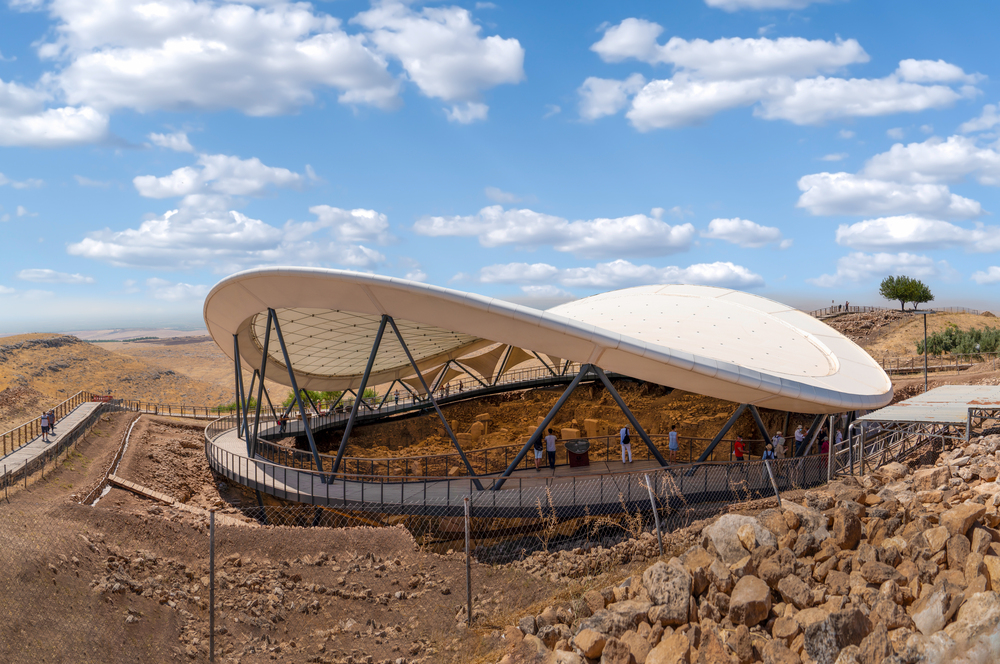
This mind-bending site predates Stonehenge by roughly 6,000 years, yet archaeologists have barely scratched its surface despite decades of work. Massive stone pillars carved with intricate animal reliefs emerge from the Turkish hillside like ancient skyscrapers—and ground-penetrating radar suggests twenty more circles remain buried.
Each excavation season reveals new complexities about hunter-gatherer societies that supposedly lacked the organization for such monumental construction.
Cahokia Mounds – Illinois, USA
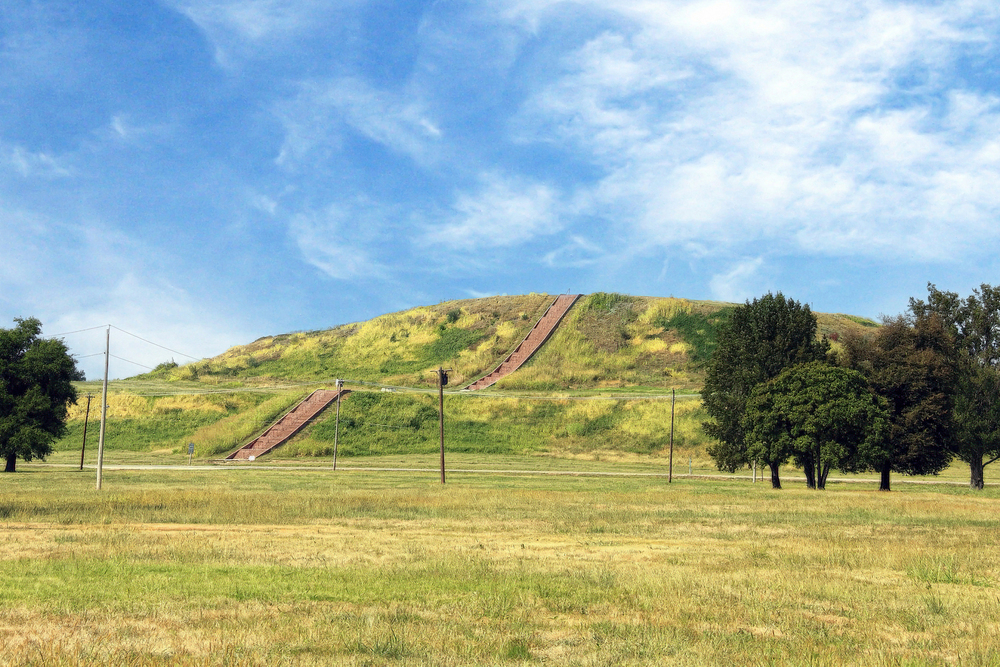
America’s largest pre-Columbian settlement continues to surprise researchers with evidence of a sophisticated urban center that rivaled medieval London in size. Recent excavations have uncovered advanced astronomical alignments, complex water management systems, and residential areas that challenge assumptions about Native American societies.
The site’s influence stretched across much of North America, though many questions about its sudden abandonment around 1400 CE remain tantalizingly unanswered.
Akrotiri – Greece

Volcanic ash preserved this Bronze Age city better than any museum could, creating a Minoan time capsule that archaeologists are still carefully unwrapping. Unlike Pompeii, no human remains have been found here, suggesting residents received advance warning of the catastrophic eruption around 1600 BCE.
Recent seasons have revealed sophisticated drainage systems, multi-story buildings with indoor plumbing, and frescoes that illuminate daily life in the ancient Aegean world.
Like Travel Pug’s content? Follow us on MSN.
Hampi – India

The ruins of Vijayanagara sprawl across 10 square miles of Karnataka countryside, representing one of the world’s largest medieval cities that most people have never heard of. Portuguese and Persian accounts describe a metropolis rivaling contemporary Rome, though systematic excavation only began in recent decades.
Each season uncovers new temples, residential quarters, and evidence of the sophisticated water management systems that sustained nearly half a million residents.
Caral – Peru
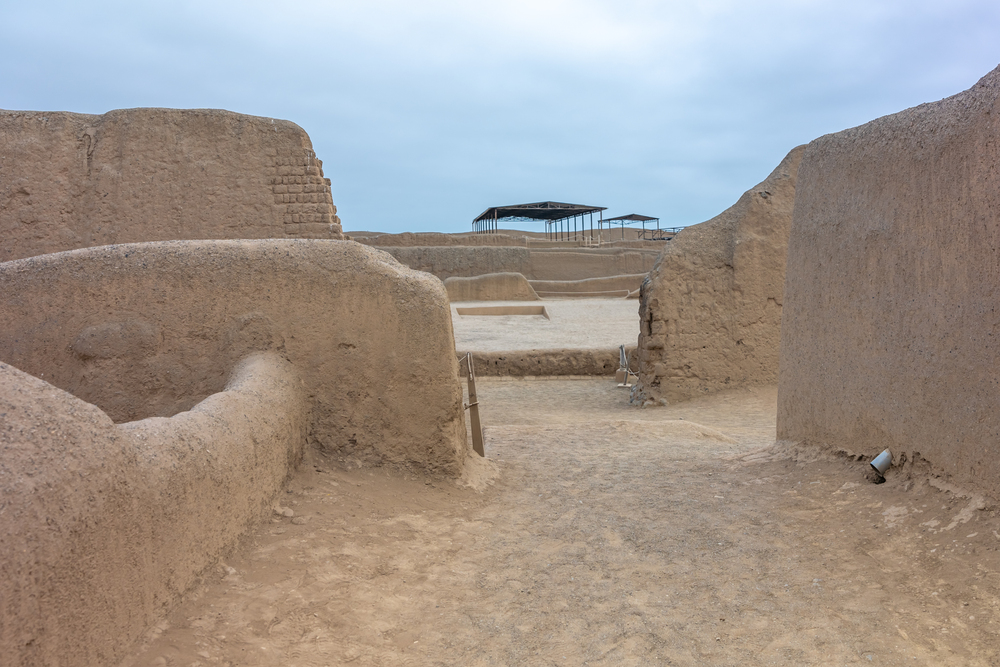
South America’s oldest city predates the Egyptian pyramids, though archaeologists only began serious excavation in the 1990s when they realized these weren’t natural hills. The site reveals a sophisticated civilization that thrived without pottery, metal tools, or apparent warfare—challenging conventional theories about early urban development.
Recent work has uncovered complex residential areas, ceremonial spaces, and evidence of long-distance trade networks that connected the coast with Amazonian regions.
Like Travel Pug’s content? Follow us on MSN.
Çatalhöyük – Turkey
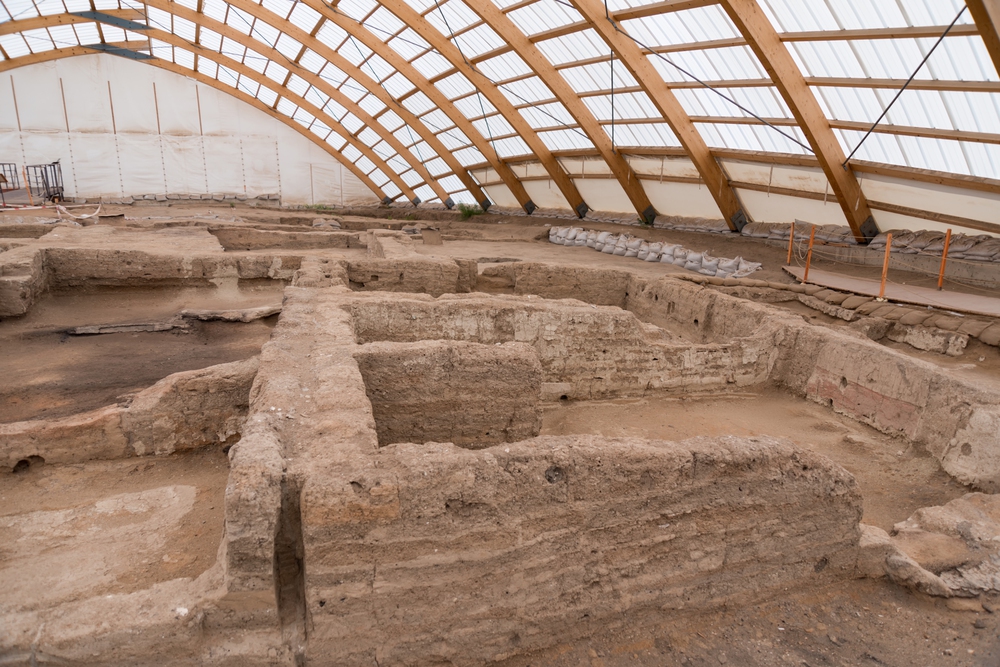
This 9,000-year-old settlement represents one of humanity’s earliest experiments with urban living, where people entered houses through roof openings and buried their dead beneath living room floors. Ongoing excavations reveal how early farmers transitioned from nomadic lifestyles to permanent settlements while developing new technologies and social structures.
The site’s remarkably preserved organic materials provide unprecedented insights into Neolithic daily life, diet, and spiritual practices.
Tanis – Egypt
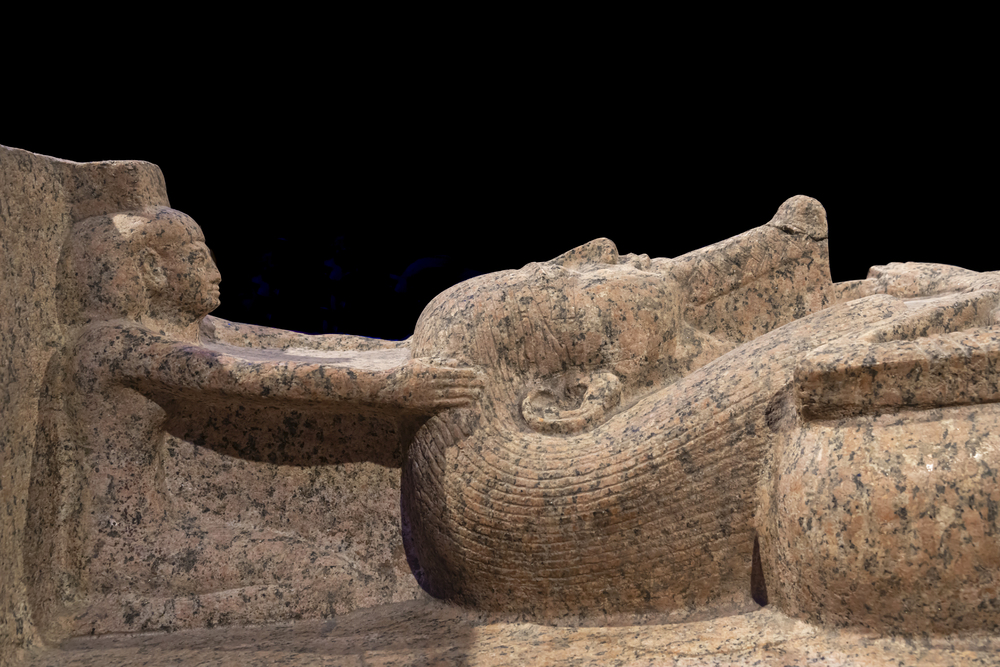
Napoleon’s scholars discovered this ancient Egyptian capital in the Nile Delta, though serious excavation didn’t begin until the 20th century when archaeologists realized its importance. Recent seasons have focused on understanding how the site served as Egypt’s political center during the Third Intermediate Period while the more famous Memphis declined.
Waterlogged conditions have preserved organic materials rarely found at other Egyptian sites, including wooden artifacts and textiles.
Skara Brae – Scotland
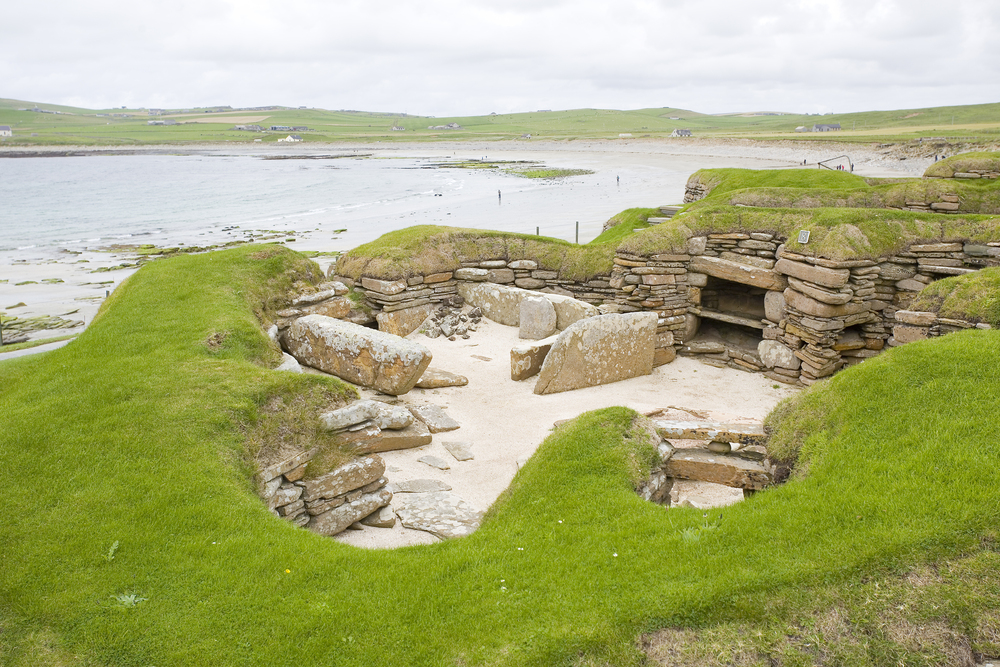
This Neolithic village emerged from beneath Orkney’s sand dunes during a violent 1850 storm, revealing stone houses older than Stonehenge with remarkably intact furnishings. Modern excavations use advanced techniques to understand how these early farmers adapted to harsh island conditions while developing sophisticated building technologies.
Each season provides new evidence about community organization, trade relationships, and daily routines in Stone Age Scotland.
Like Travel Pug’s content? Follow us on MSN.
Great Zimbabwe – Zimbabwe
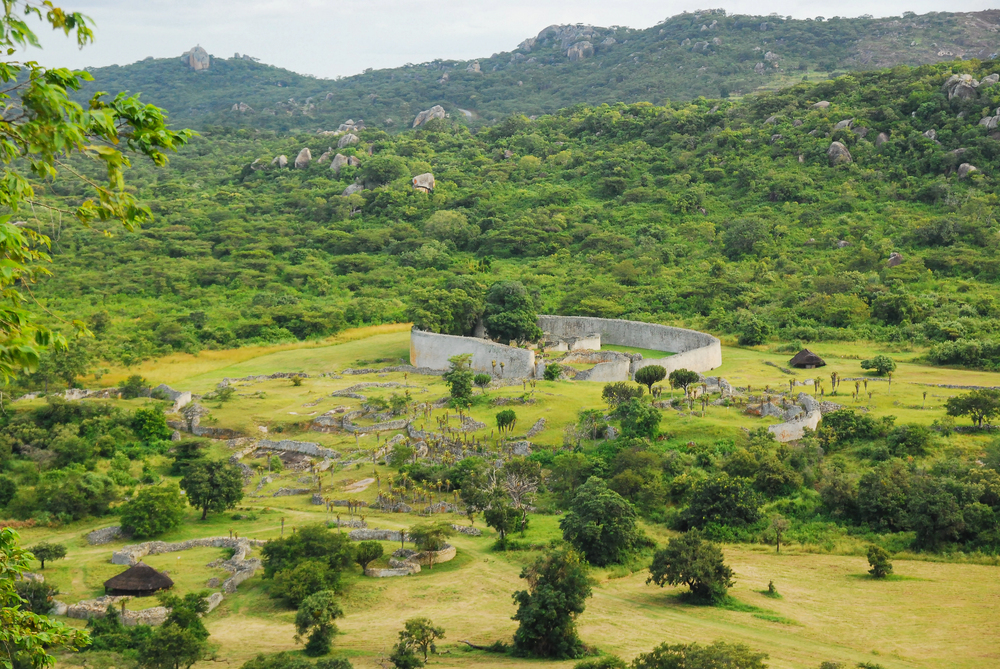
Africa’s most famous archaeological site continues revealing secrets about the medieval kingdom that controlled gold trade routes between the interior and the Indian Ocean coast. Recent excavations have focused on understanding the complex’s role as both a political center and spiritual focal point for the Shona people.
Advanced dating techniques are refining our understanding of the site’s construction phases while revealing connections to trading networks stretching from China to the Mediterranean.
Mesa Verde National Park – Colorado, USA
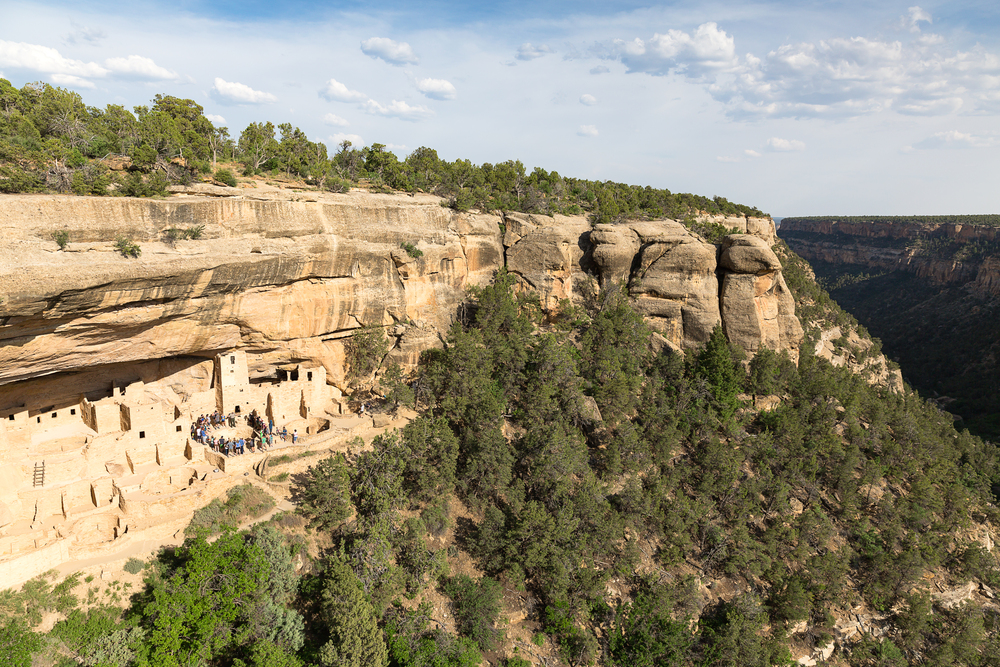
Ancestral Puebloan cliff dwellings cling to sandstone alcoves like ancient apartment complexes, though many remain unexcavated to respect Native American cultural concerns. Current research focuses on understanding how climate change and resource management affected these communities during the 13th century.
Archaeological teams work closely with tribal representatives to ensure excavations respect cultural protocols while advancing scientific understanding of southwestern prehistory.
Sutton Hoo – England
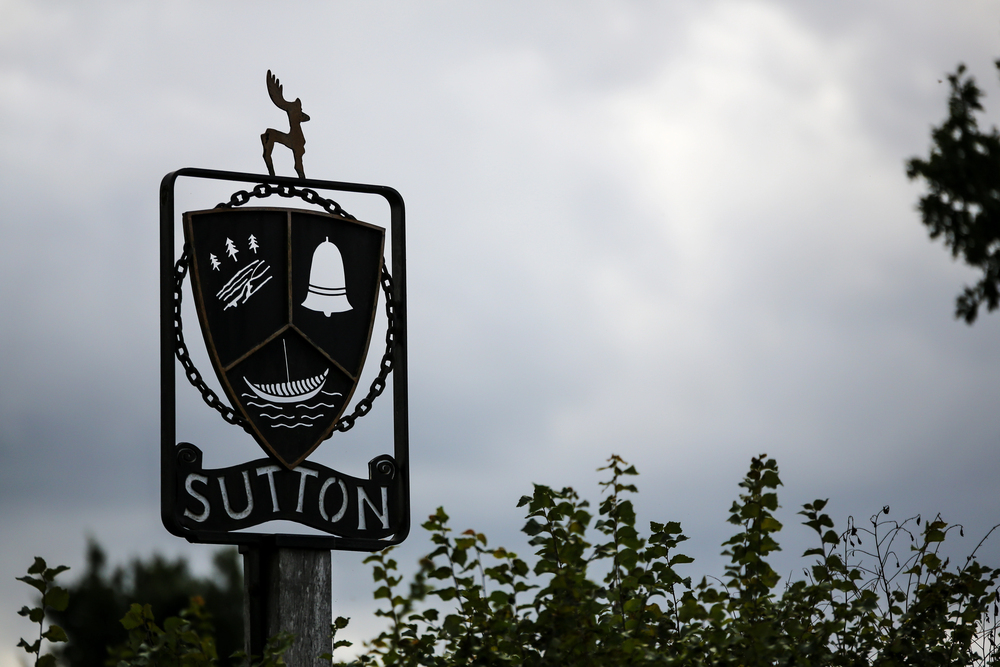
This Anglo-Saxon burial ground revolutionized our understanding of early medieval England when excavations revealed a ship burial containing treasures rivaling any pharaoh’s tomb. Recent work has expanded beyond the famous mounds to investigate the broader landscape, revealing evidence of continuous occupation from the Bronze Age through medieval periods.
Advanced techniques like LiDAR mapping continue identifying new burial sites and settlement areas across the estate.
Like Travel Pug’s content? Follow us on MSN.
Bagan – Myanmar

Over 2,000 Buddhist temples and pagodas still dot this ancient landscape, representing a fraction of the estimated 10,000 structures built here between the 11th and 13th centuries. Political instability has limited archaeological investigation, though recent partnerships with international teams are beginning to reveal the complex urban planning that supported this major Buddhist center.
Excavations focus on understanding how the kingdom balanced religious devotion with practical governance and economic development.
Poverty Point – Louisiana, USA

This massive earthwork complex demonstrates that North American hunter-gatherers were capable of monumental construction projects usually associated with agricultural societies. Recent excavations have revealed sophisticated trade networks that brought exotic materials from across the continent to this Mississippi River valley site.
The discovery of the Western Hemisphere’s oldest fired clay objects here continues challenging assumptions about technological development in prehistoric America.
Vindolanda – England
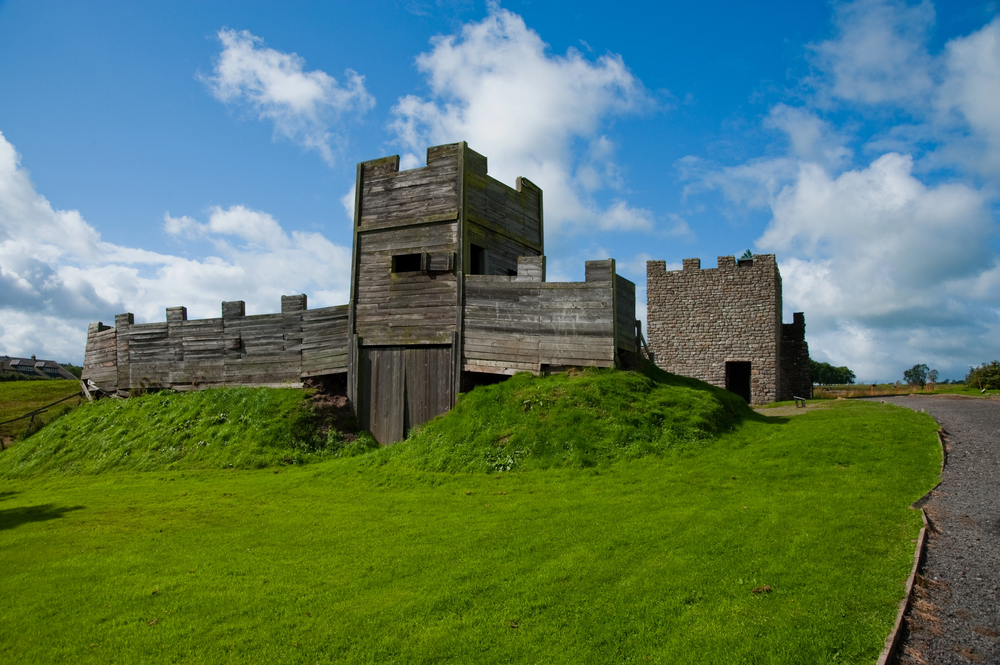
Roman military life comes alive at this Hadrian’s Wall fort, where waterlogged conditions have preserved organic materials rarely found at other sites. Ongoing excavations continue uncovering leather shoes, wooden tablets with personal correspondence, and textile fragments that illuminate daily life on Rome’s northern frontier.
Each season reveals new insights about military organization, civilian settlements, and cultural interactions between Romans and local British tribes.
Like Travel Pug’s content? Follow us on MSN.
Pompeii – Italy

While everyone knows about Pompeii’s tragic destruction, active excavations continue revealing new neighborhoods that expand our understanding of Roman urban life. Recent seasons have focused on previously unexplored areas like the Regio V district, where discoveries include an intact ceremonial chariot and stunning frescoes depicting mythological scenes.
Advanced techniques like CT scanning of plaster casts are revealing new details about the volcano’s victims, while digital mapping creates unprecedented documentation of the site.
Ashkelon National Park – Israel
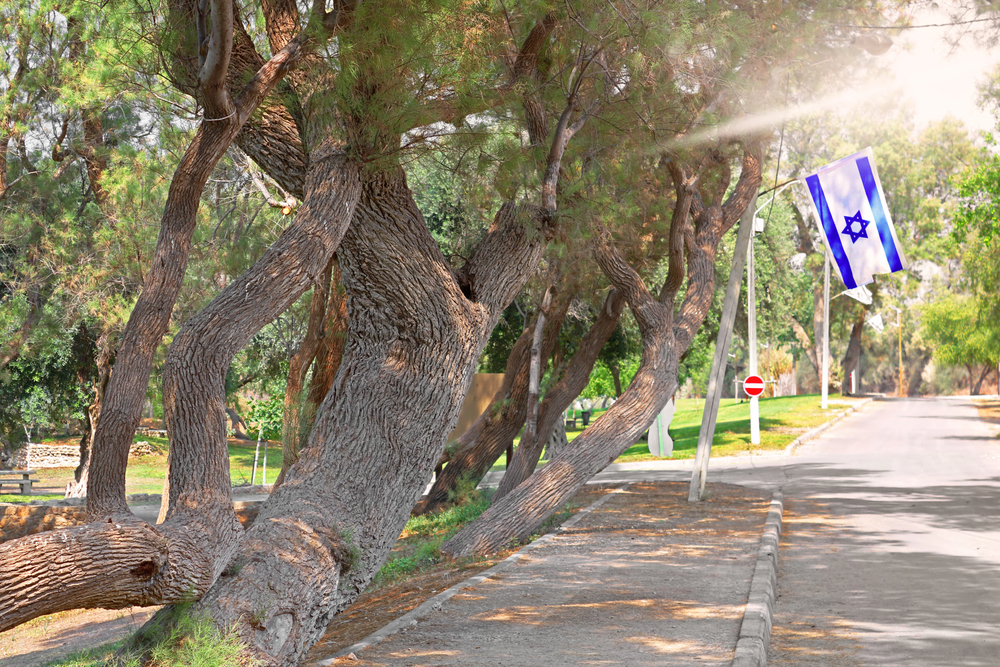
This ancient Philistine city has provided crucial insights into one of the Bible’s most famous peoples, revealing their origins, culture, and eventual assimilation into broader Middle Eastern societies. Recent excavations have uncovered industrial areas, residential quarters, and religious structures that challenge stereotypical portrayals of Philistine civilization.
The site’s strategic coastal location preserved evidence of trade relationships stretching from Cyprus to Egypt while documenting cultural changes over nearly 4,000 years of continuous occupation.
Time Keeps Revealing Its Secrets
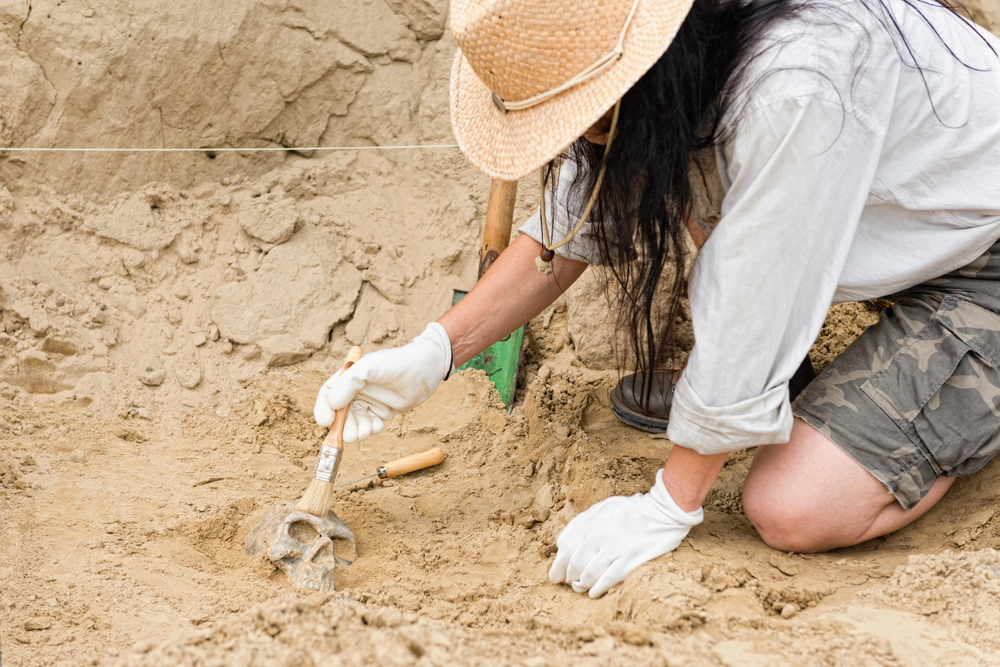
These ongoing excavations remind us that archaeology isn’t just about dusty artifacts locked away in museums—it’s a living discipline that constantly reshapes our understanding of human history and cultural development. Each trowel full of earth potentially contains evidence that could revolutionize theories about ancient civilizations, trade networks, or technological innovations that seemed impossible for their time periods.
As new technologies emerge and political situations stabilize in previously inaccessible regions, we can expect even more dramatic discoveries that will force us to reconsider everything we thought we knew about our shared human past. The conversation between present and past continues with every careful excavation, proving that history isn’t fixed but rather an evolving narrative written in soil and stone.
More from Travel Pug

- 20 Best Beach Towns in the Carolinas
- 13 Destinations Where Tourists Regularly Regret Their Trip
- 20 Destinations That Are More Magical Without an Itinerary
- 20 Underrated Adventures That Belong on Your Travel List
- 20 Cities Where You Should Just Wing It, No Planning Required
Like Travel Pug’s content? Follow us on MSN.
